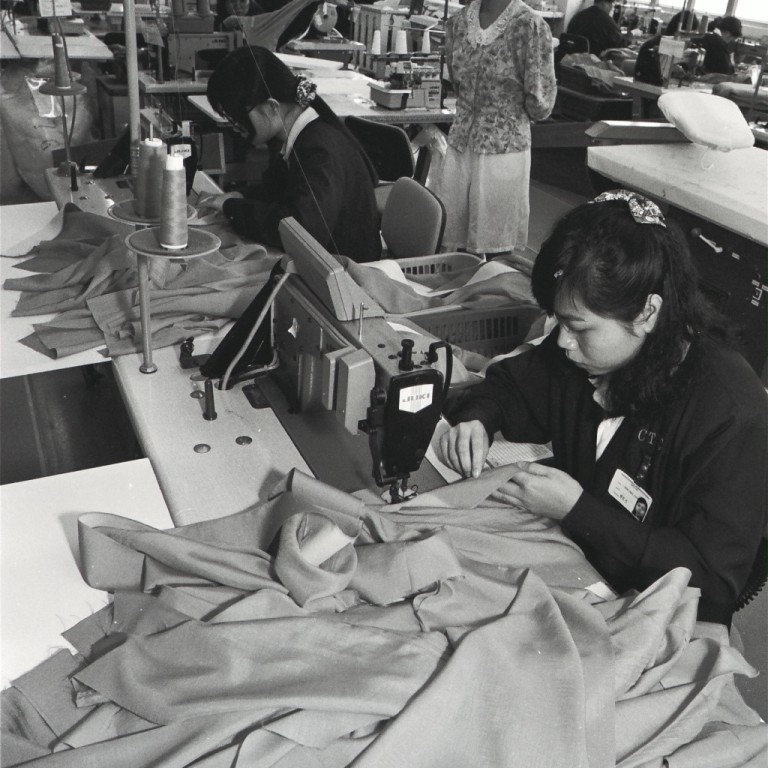
Silk industry's demise marked start of domestic helpers' rise in Hong Kong
The history of foreign domestic helpers traces the changing face of households in the city
Hong Kong's association with foreign domestic helpers goes back nearly a century to the early 1920s, when the Japanese industrialisation of silk production decimated China's industry and put many of its women out of work.

So many of the women headed for Hong Kong, Singapore and Malaysia in search of opportunity.
Local historian Jason Wordie says women moved with the changing times. "Women used to making a living and supporting themselves had to go and find something else, so they went to Southeast Asia or Hong Kong in the 1920s and '30s."
By the 1950s, Hong Kong had stepped into the industrialised age, which brought an abundance of factory jobs.
Wordie says the textile industry was a boon for women. "You had younger women - some refugees and the children of earlier refugee families growing up - who didn't go into domestic work because there was factory work."
Lifestyle choices also had a bearing on employment decisions.
"Younger women preferred working in a factory because it was a 12-hour day and it gave them a more independent life," Wordie says.
This had a big impact on Chinese families who wanted to hire a domestic helper, and bigger changes in the dynamics of households were still to come.
"By the early '70s you had women going out to work and two-income families," Wordie says. "But they still needed to look after the children and old people."
With the expanding demands of the Chinese household, Hong Kong turned to Southeast Asia to plug a shortage of domestic workers. By 1974, then president Ferdinand Marcos introduced new labour laws in the Philippines designed to promote the migration of workers overseas.
This helped keep unemployment low at home and boosted remittances from abroad to help economic development.
In the 1980s, a booming population and rising living standards meant households could pay for an extra pair of hands. By the 1990s, the number of foreign maids had swelled.
Indonesians, hit hard by the 1997 Asian financial crisis, began arriving in Hong Kong.
Wordie says Indonesia had not been a major exporter of labour but decided it could do what the Filipinos had been doing for years, and so started sending workers overseas,
By 1997, more than 30,000 Indonesians were working as domestic helpers in Hong Kong. Within five years that number grew to 80,000 - and over the next 10 years the number soared about 90 per cent.
Now on Sundays, foreign domestic helpers can be seen occupying every inch of available public space - in parks, squares, on footpaths and under flyovers - mingling with friends and relaxing on their day off.
According to Immigration Department data, there are 319,320 foreign domestic helpers in Hong Kong. About 160,000 come from the Philippines and 150,000 from Indonesia.
Despite this, there is a shortage of helpers in the city. Eman Villanueva, spokesman for the Asian Migrants' Co-ordinating Body, says the shortage will only get worse because of the low pay. He was "very disappointed and angered" by the 2.3 per cent rise.

